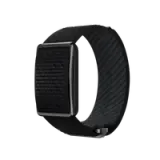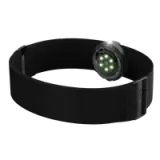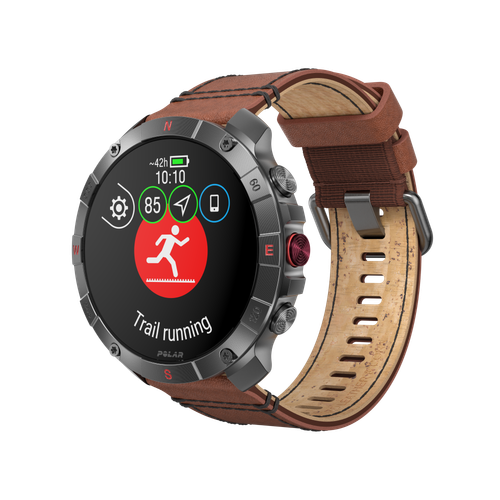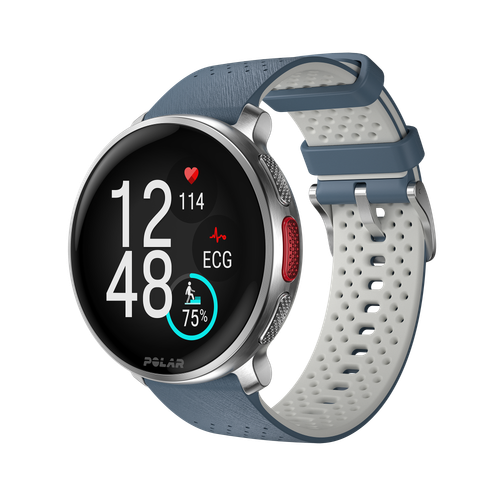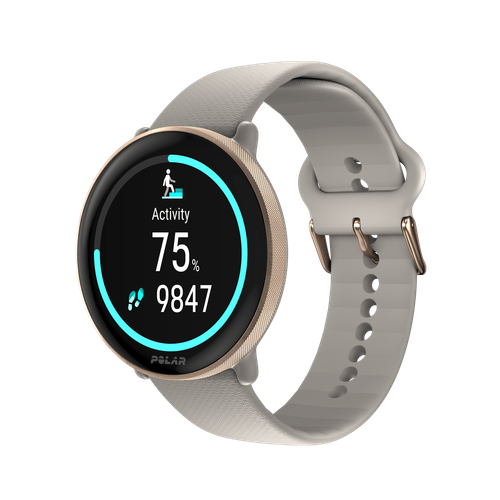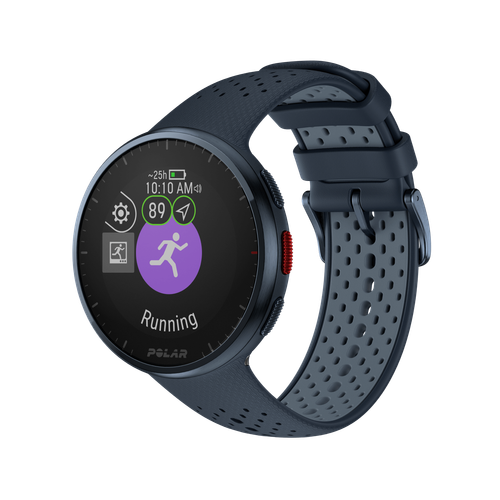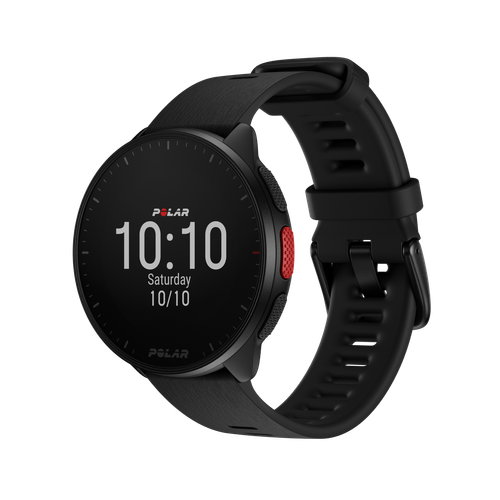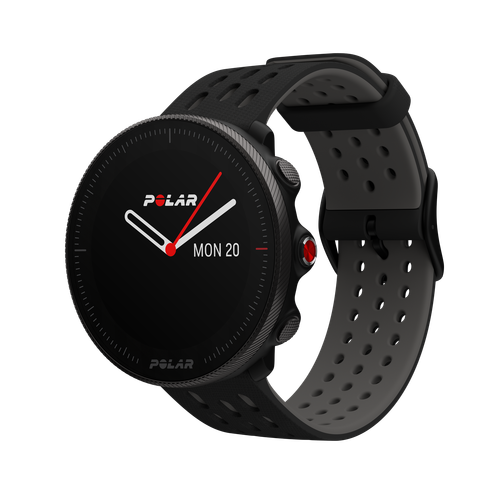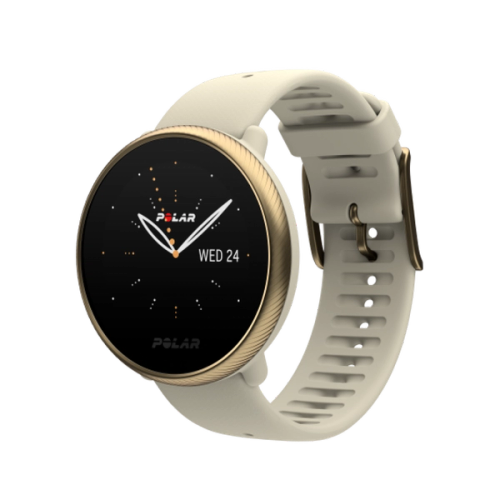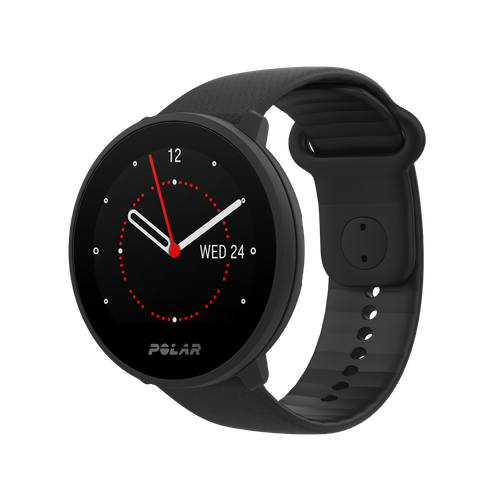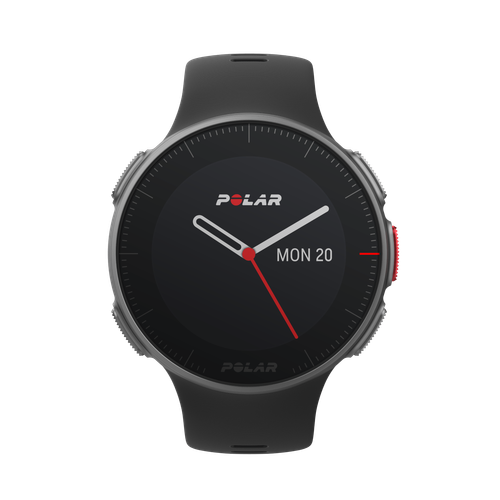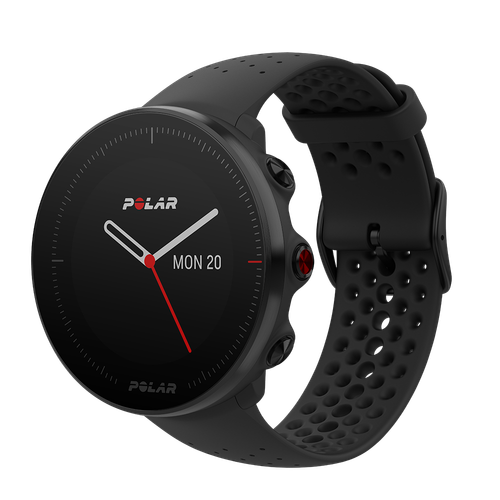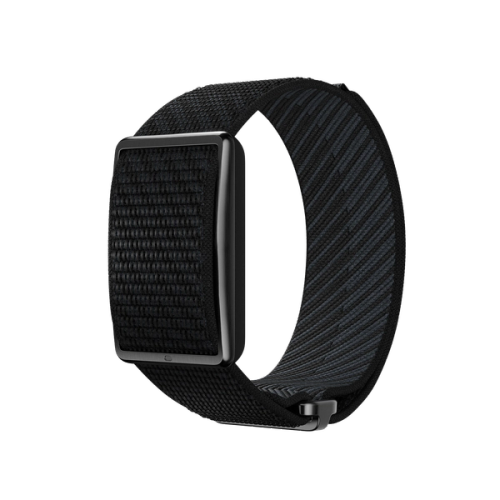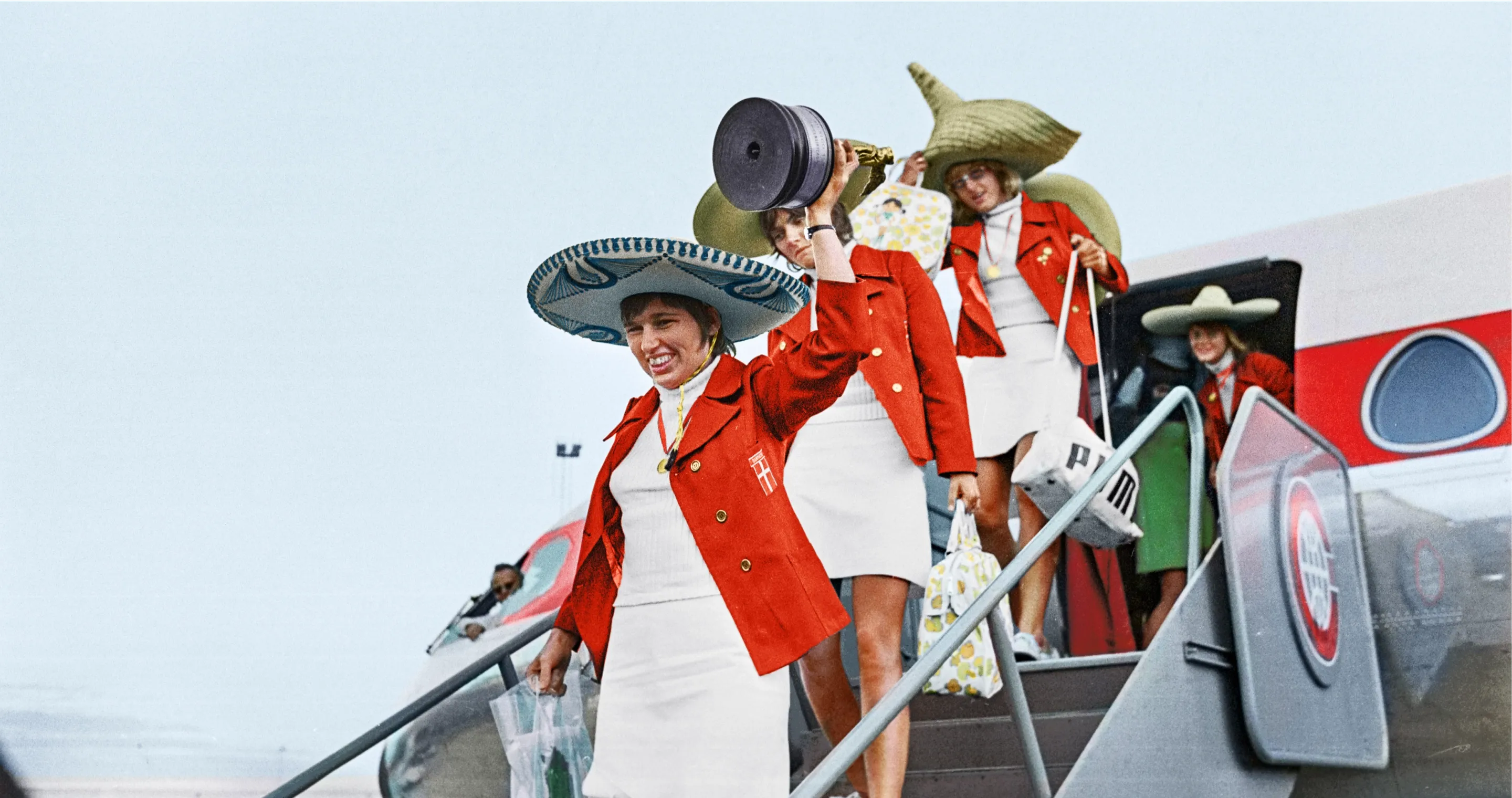"We were a team," recalls Danish soccer player Ann Stengård. "Yeah," agrees Birte Kjems, her former teammate, their gray heads nodding toward each other. "And we had one goal together: Winning the World Cup."
It's difficult to watch the recently-released Copa 71 documentary and not feel shocked–and perhaps a little outraged. Here is the story of the highest-attended women's sporting event in history, a milestone that no one has felt able to talk about publicly for fifty years. In fact, the archival footage of this legendary story remained hidden for most of that time.
Now, in a new documentary, produced and narrated by tennis GOAT Serena Williams, you have a chance to see this pinnacle moment for women's soccer (or football, as it is known in most countries). A sport currently experiencing such a rapid surge in popularity, that it's seen as a new phenomenon. But the history of 'the game' and the impact that this momentous event had on individual players and teams alike was even more remarkable than anything we've seen in recent years.
"We were a team... And we had one goal together: Winning the World Cup."
A century of change
One of the most interesting things highlighted in this documentary is how women have a long history with soccer. Not just since the 70s but for over a century before that. The more I learn about it, the more frustrated I feel. Growing up in the '90s, surrounded by brothers, I wanted to play soccer, but it was seen as an exclusively 'boys' sport.' But this was not always the case. In Copa 71, British historian and sociologist, David Goldblatt, passionately details how women's soccer was once as accepted and celebrated then as it is now.
As far back as the 19th Century, women were playing football.
As far back as the 19th Century, women were playing football. When England's Football Association (FA) was established in 1863, it standardized the rules, allowing for more formal competitions. Clubs sprang up in the coming decades, with the British Ladies’ Football Club forming in London in 1895. That year, their North vs. South of The Thames game attracted 10,000+ paying spectators.
As WWI ushered in a new era of social change, women's soccer boomed, and by 1917, there were over 100 clubs in England. Even as men returned from war and to their local soccer pitches, women's games continued to thrive. On Boxing Day, 1920, over 53,000 fans attended a match in Liverpool, with an additional 15,000 spectators turned away at the gates. This charity match held the record for the highest-attended women's soccer game in the UK until the London Olympics in 2012 – nearly a century later.
But doctors said football was dangerous for women's bodies
So, what happened? High-profile charity fundraiser games like the one above apparently concerned the FA and the British government at the time. As this money was no longer going toward the war effort but to working-class causes, they felt they needed to quickly exert control over women's soccer. There was a sudden flourish of articles from doctors in medical journals saying that soccer is dangerous for women's bodies. In response, the FA banned women from playing on their soccer grounds in 1921, relegating them to play in parks where there was no capacity for spectators.
These events in England had a domino effect on women's soccer around the world. Many countries used what was believed to be reputable medical evidence about how soccer is bad for women's health to suppress the sport. Italy and Brazil went as far as to make it a criminal offense for women to play soccer. It wasn't until nearly 50 years later that such laws began to change.
Mexican fever dream

"When I left school, you were expected to get married, settle down, have kids, and cook. That's about it," recalls former English captain Carol Wilson with a chuckle. "I didn't want to do that." Having grown up determined to play soccer, Wilson joined the Air Force in the 1960s, where she encountered other women playing together for the first time.
It's an experience that echoes throughout the documentary. Women from France, Mexico, Italy, Argentina and Denmark talk about growing up in an era where they knew no one else like them who played the sport. Italian player Elena Schiavo gleefully remembers beating up the boys her age if they wouldn't let her join their game. Having female friends, let alone teammates, to play with felt like an unrealistic fantasy.
That's why the events of 1971 were indeed like something of a fever dream for all the players involved. Having hosted the men's World Cup the previous year, the organizers in Mexico were keen to see if they could replicate its success somehow. Why not a women's World Cup? FIFA, soccer's international governing body, was not on board. Keen to stamp out the idea, they insisted that any soccer stadiums in Mexico used for the event would be fined and banned.
FIFA, soccer's international governing body, was not on board. Keen to stamp out the idea, they insisted that any soccer stadiums in Mexico used for the event would be fined and banned.
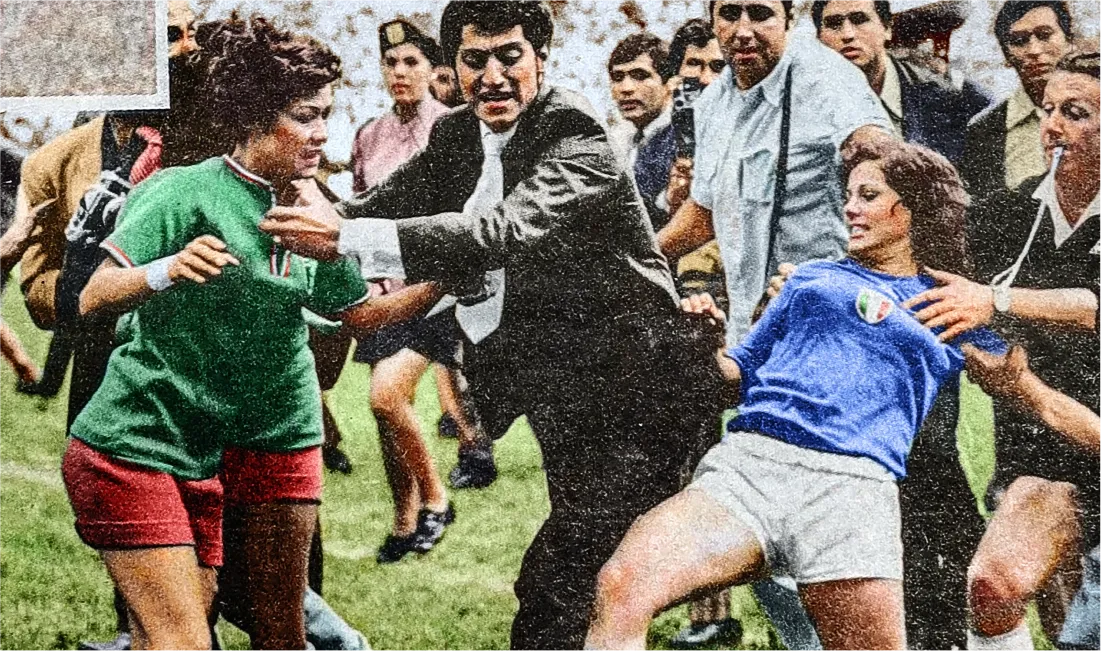
Yet, this action backfired because it forced the organizers to use the two largest stadiums in Mexico, neither of which were FIFA-affiliated: the Jalisco Stadium in Guadalajara and the Azteca Stadium in Mexico City. But to fill an entire stadium for each game, the organizers had to go into promotional overdrive. They whipped the people of Mexico into a women's soccer frenzy, promising spectators that the players would not be "not muscular monstrosities, but generally pretty girls" wearing hotpants.
From sidelines to spotlight
"Getting on that plan was, like, surreal," remembers Wilson. "It was like (arriving in) a parallel universe," notes her English teammate, Janice Barton. Indeed, for all the women interviewed in this documentary, it wasn't just incredible that they were playing in a World Cup. It was mind-blowing for them that there even was a World Cup.
Many had only recently joined soccer teams, with clubs springing up in Italy for the first time in the late 1960s, for example. Yet, suddenly they were being called up to play for their country. To have the chance to meet other women who were equally as passionate about the sport from around the globe. It was an overwhelming turn of events.
In Copa 71 we see these young women suddenly thrust from the sidelines of their sport into the spotlight. Followed by press and adoring fans wherever they went in Mexico. Making headlines around the globe. Being made to feel important when soccer wasn't even their full-time job back home.
It helped that they were in this together. As with so many sportspeople and athletes, now and then, the players were mostly in their teens or twenties when they jetted off to compete in a foreign country. Having that support network of a team, both on and off the field, must have been an enormously stabilizing force. Something that helped them keep one foot on the pitch as they were launched into the stratospheric heights of the sport. As Maurizia Cicieri from the Italian team recalls with her teammate Daniela Sogliana, "Being in the national team was like being a family. We were all young. We all loved each other. It was a wild adventure."
Surely now there was no denying that women's soccer was popular when the final match had attracted over 112,500 fans? No matter how they had played in Mexico, all the teams assumed they would be treated as heroes upon their return home. The reality was, sadly, very different.
Shrouded in shame
The momentum that surrounded this event felt like a game-changer. Surely now there was no denying that women's soccer was popular when the final match had attracted over 112,500 fans? No matter how they had played in Mexico, all the teams assumed they would be treated as heroes upon their return home. The reality was, sadly, very different.
Keen to control the situation, the local soccer associations smeared the players and the event in the press. They banned women from playing games. Such a change in how they were perceived and treated took an enormous toll on the players. They felt disgraced and abandoned. "Because we got banned, inside ourselves, we were shamed," recalls Janice Barton from the English team.
The impact of this is exemplified in a story Wilson recounts from a few weeks after they returned in 1971. Invited to attend a dinner with Newcastle United, she was called up onto the stage so that the compere could chat with this "superstar." But he then proceeded to shame her and women's soccer. "Everybody was laughing, and I was humiliated," she recalls. "I came off the stage, and my first words to my dad were, "No, I'm finished with football. I'm finished." And I didn't even speak to any of the girls till nearly 50 years later."
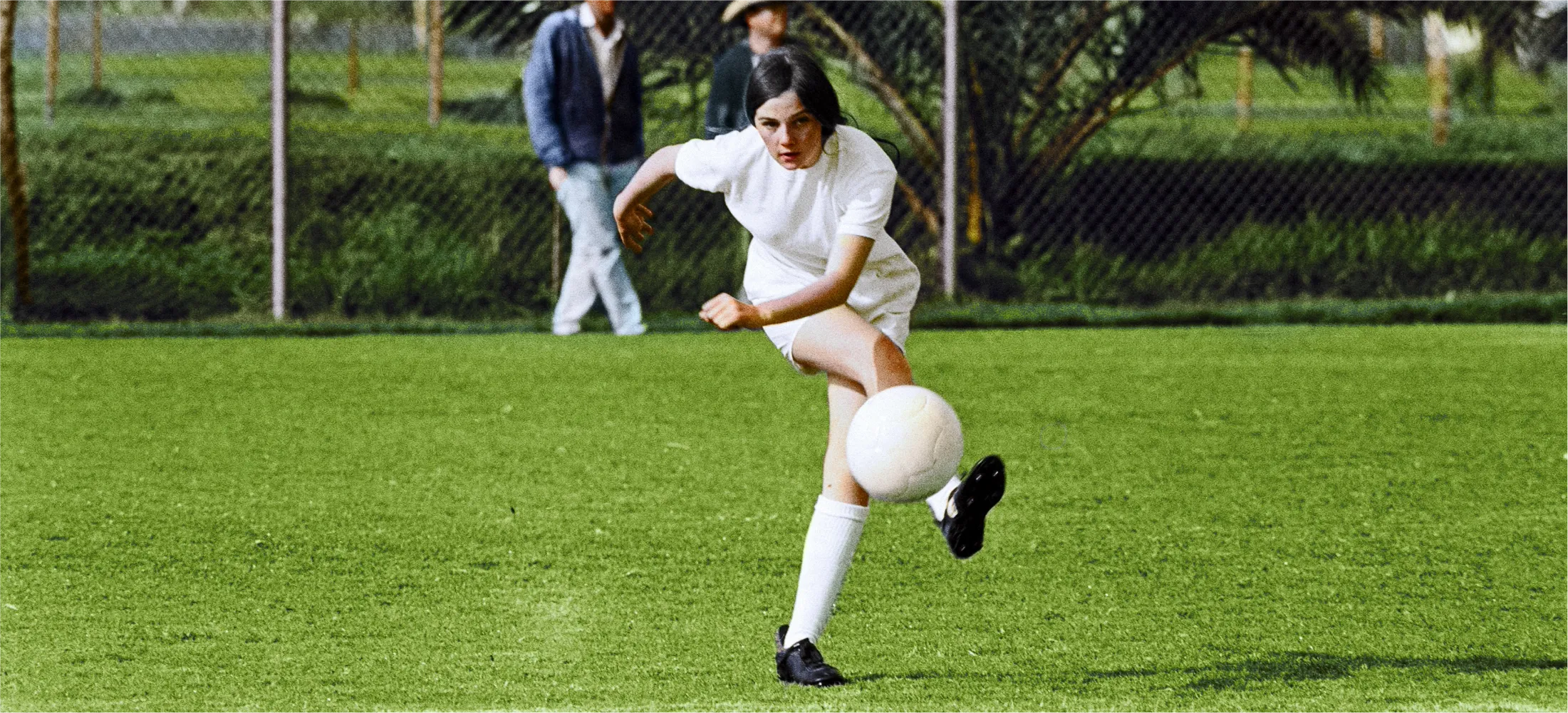
Paving the way
Watching Copa 71 now, it's comforting to know that the sport is finally getting the recognition it deserves. Not only with players like Sam Kerr and Megan Rapinoe becoming household names but at a grassroots level, too. Organizations like Girls United are using soccer as a tool for empowerment, fighting for a level playing field for all players, no matter their gender.
There are more stories being added to the narrative too. Khalida Popal, the founder of Afghanistan women’s national team, has recently released her autobiography. In it, she recounts fleeing the country in 2011 amid threats of assassination, then aiding 500 of her fellow players and their families to evacuate in 2021 when the Taliban returned. It's stories like this that help you appreciate the bond that teammates.
"For me, when you pass the ball in football, it creates a connection between people," observes French player Nicole Mangas. It's easy to picture that connection expanding across the decades too, as you see the players from 1971 watching modern players. "I truly believe, along with many others, we paved the way for what it's become today. There's no stopping us now," states Wilson. And what is women's soccer today? Well, it's now the fastest-growing sport on the planet.
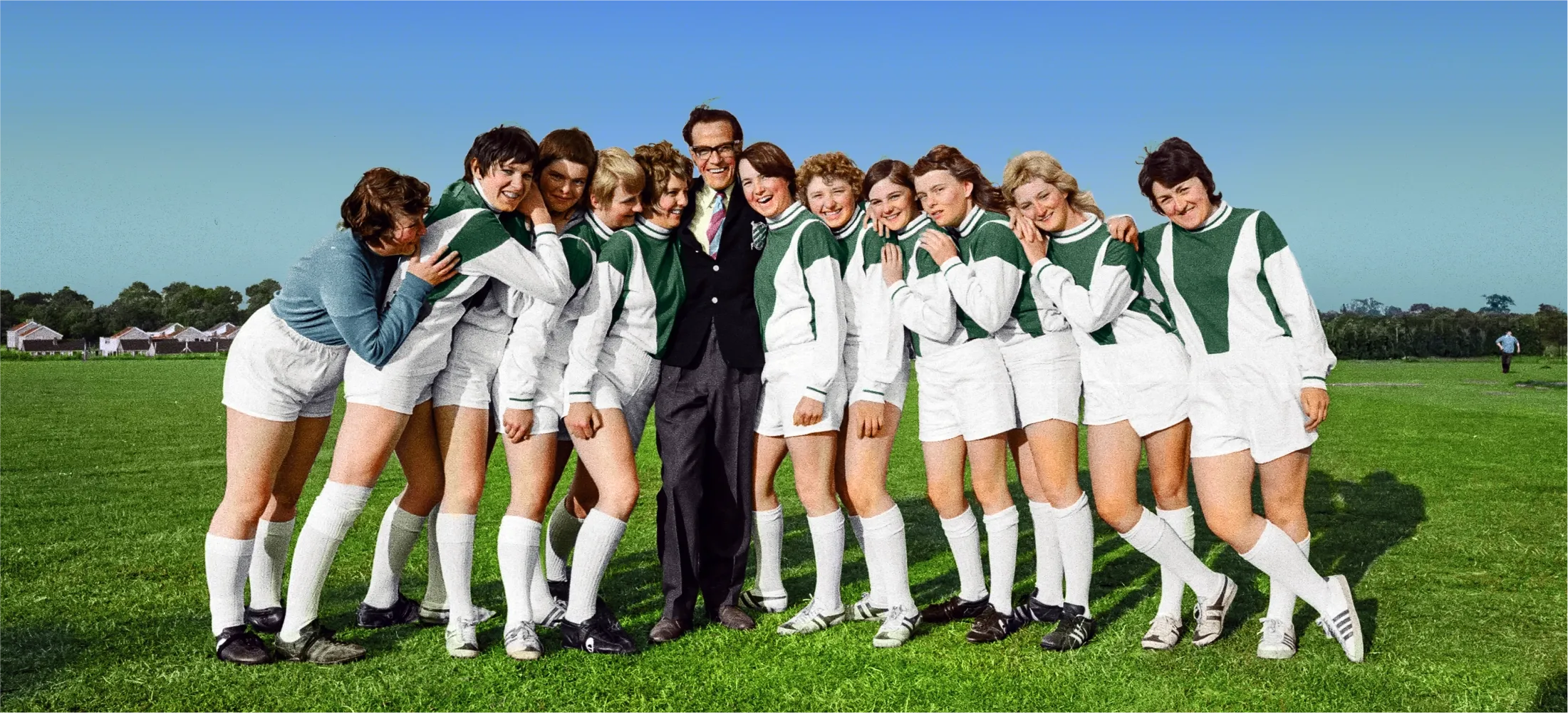
Enjoying this article? Subscribe to Polar Journal and get notified when a new Polar Journal issue is out.
Subscribe
undefined

Polar Ignite 3
Fitness- ja hyvinvointikello
Polar Ignite 3 on tyylikäs hyvinvointi- ja fitnesskello, jonka avulla voit elää energisempää elämää. Se seuraa untasi, aktiivisuuttasi ja sykettäsi antaakseen juuri sinulle räätälöityä opastusta.
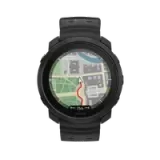 Polar Vantage M3
Polar Vantage M3
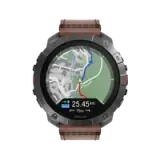 Polar Grit X2 Pro Titan
Polar Grit X2 Pro Titan
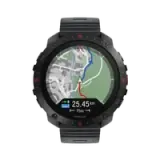 Polar Grit X2 Pro
Polar Grit X2 Pro
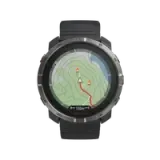 Polar Grit X2
Uusi
Polar Grit X2
Uusi
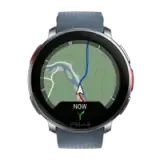 Polar Vantage V3
Polar Vantage V3
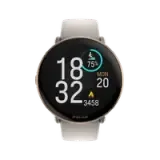 Polar Ignite 3
Polar Ignite 3
 Polar Ignite 3 Braided Yarn
Polar Ignite 3 Braided Yarn
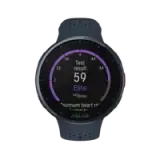 Polar Pacer Pro
Polar Pacer Pro
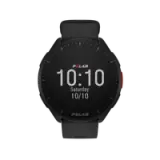 Polar Pacer
Polar Pacer
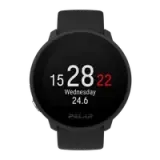 Polar Unite
Grit X ‑sarja
Vantage-sarja
Pacer-sarja
Ignite-sarja
Polar Unite
Grit X ‑sarja
Vantage-sarja
Pacer-sarja
Ignite-sarja
